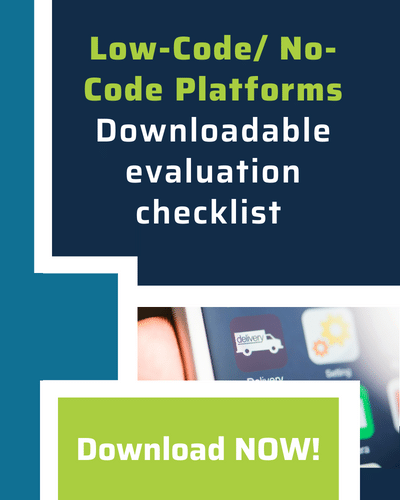Companies rely on data to make critical decisions that affect the efficiency of their business. Forecasting, logistics, and planning for future needs are just some of the ways in which data is used to attribute success.
But how can a corporation effectively access the accumulation of data to gain insight into how it can help the business?
The answer: data ingestion. Data ingestion is a streamlined and modernized way to take data from multiple sources and put it in one place.
Throughout this blog, data ingestion will be further explained along with challenges corporations face when not using this solution. Lastly, we’ll differentiate between data migration and data ingestion and pinpoint how EdgeReady Cloud helps support data ingestion through the power of AWS.
Data Ingestion
So, what is data ingestion?
Simply stated, data ingestion is the process by which data is transferred from several different external sources to a location where it can be stored and used for analytics and reporting.
For many companies, data is coming from many different sources and this can make it difficult to be able to see the big picture. Data ingestion allows you to accurately report and analyze data in your company, enabling you to make future business plans and projections more efficiently. This is pivotal to a company’s success in the long run. A solution such as EdgeReady Cloud uses the power of AWS to achieve a seamless data ingestion experience. Migrate data to the cloud to enhance speed-to-market and make data ingestion that much simpler.
Imagine being able to access a unified version of your data, without having to make a sense of it coming from multiple different sources and systems. Not only will this make reporting more accurate for your team but it will also make things much more streamlined, saving your company time and money. Think of the cost savings that can come from only having one allocated system with your data versus having to budget for multiple systems and applications!
What happens to businesses that aren’t using the process of data ingestion for their internal reporting?
Challenges Faced When Not Using Data Ingestion
Members of a corporation need a mechanism for easily accessing and reporting on data in one, easy-to-access location.
When this mechanism is not put into place, it can be a huge hindrance to the success of a business. Organizations not using data ingestion along the supply chain are a great example of what can go wrong when data is not aggregated. Accenture outlines some common challenges below:
- Movement: traditionally, bringing data to companies along the supply chain was a begrudgingly slow, although a straightforward process. With the increase in data volumes, however, traditional processes fall short and aren’t able to handle large amounts and types of data. It’s like trying to drink out of a fire hose without losing a single drop. Using a traditional process can cause inconsistencies into data insights and might also result in lost data as well.
- Processing: to measure success along the supply chain, a corporation needs to process data in a way that extracts actionable insights. But with the increase in both the volume and variety of different data types requiring processing, it can be hard to maintain without using data ingestion. This can result in slow processing and less accurate results from the data that is being processed.
- Interactivity: interactivity refers to the usability of a data system or infrastructure. When a company doesn’t have one main location by which users can access data to report on, this can make things difficult. Traditionally, solutions for interactivity promoted the ability to submit a query and get results easily. However, the rise of big data has led to new programming languages that make it hard for users to adopt the new systems, therefore making them less accessible.
Difference Between Data Migration and Data Ingestion
Now that challenges businesses not using data ingestion have been recognized, we’ll explore what the difference between data migration and data ingestion is.
Let’s first define what data migration is. In literal terms, data migration is the process of moving data from one location to another, one format to another, or one application to another. Sounds pretty similar to data ingestion, right?
Unlike data ingestion, however, data migration isn’t solely focused on data as a means of reporting and gaining analytical insights. As outlined by the Enterprise Storage Forum, data migration includes data profiling, data cleansing, data validation, and the ongoing data quality assurance process in the target system. This highly complex process requires a large amount of maintenance and often results in technical debt if resources aren’t allocated.
EdgeReady Cloud Supports Data Ingestion with AWS
EdgeReady Cloud, using the power of AWS, is a useful data ingestion tool to consider when looking for new ways to report on your data in a more efficient manner. Not only is your team able to build applications with little-to-no coding, but the ERC facilitates the aggregation of your data in one central location.
Migrate to the cloud where you can access an easy-to-use drag and drop interface so you can simplify the application building process. Plus, EdgeReady Cloud natively integrates with complex systems such as SAP, Oracle, Microsoft and more. This supports the data ingestion process effectively and increases speed-to-market, while saving your company money.
Learn how to lower your technical debt and identify ways to enhance your speed to market with an efficient data ingestion tool like EdgeReady Cloud. Receive a free 30-day trial of EdgeReady Cloud today - contact our team to learn more.




 Back
Back/Logo%20-%20black%20text%20blue%20pillar%20(large)-1.jpg)

